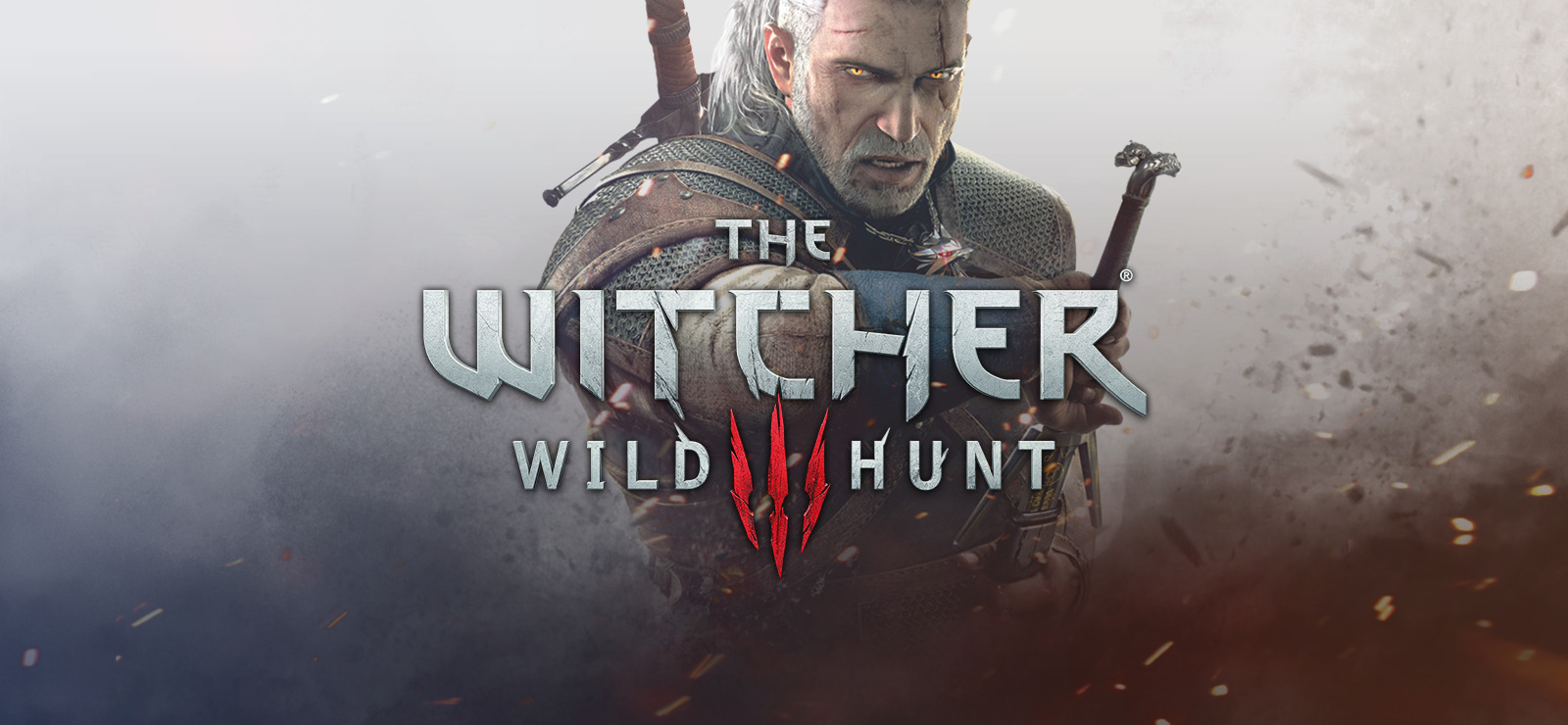Gwent
May 20, 2022
I have a confession, I started a new game during the time of weakness known as being sick with COVID-19. Suddenly I had too much time and nothing to fill the empty void of being in a school, which got me to start doing something I haven’t done in a long time: play games.
Most days were spent eating, studying, and sleeping. But now I suddenly have time, more time than I can deal with. This is why I started to play Witcher 3: The Wild Hunt, it was something that looked interesting so I started to play it.

Now what interested me wasn’t the game itself with its deep intricate story or gameplay, but a mini-game that they placed within the game just to add on to the experience. It is a simple number game in which the biggest number wins the round. There are 3 types of cards: Artillery, Range, and Siege all of which can be disabled with weather cards and those can be disabled with a clear day card. Each player has 2 lives and around 12 cards in their hand and the first to lose both of their lives.

The thrill of risk and the euphoria of a somewhat thought-out victory makes the game very much addicting. There is also the card collecting aspect which makes it even more addicting, a somewhat euphoria of grabbing more and facing stronger enemies getting stronger and stronger. There are also Factions that give added benefits, making the game much more strategic as well as leadership abilities.

There are also plenty of people to duel with within the game itself, and it becomes somewhat like a pokemon kind of thing beating them then taking their cards and money, with some masters of Gwent having unique cards which allow people not to be crushed by weather.
Moral of the story: If you are playing Witcher 3: Wild Hunt don’t play the actual game instead play Gwent.






